
Controlling the right stages of liver fluke, at the right time, with the right product
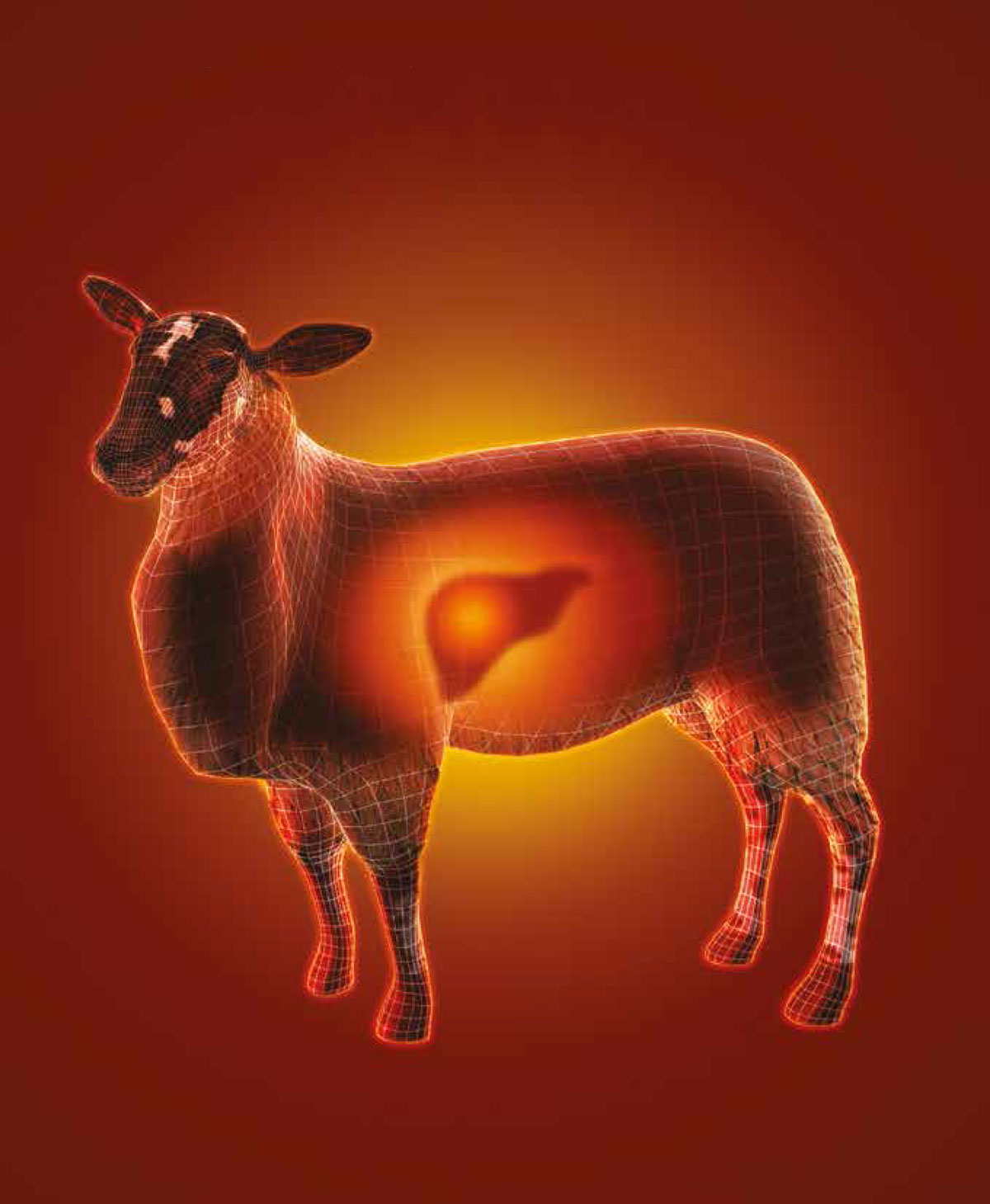


Now spreading to new regions liver fluke can increasingly be found throughout Ireland, largely due to the impact of climate change.
All these factors favour liver fluke:
Due to this lengthening of seasons, and the impact of warm, wet weather on the liver fluke lifecycle, the liver fluke challenge can now be higher for a longer period with the risk of high fluke burdens in both sheep and cattle extending throughout the year if not treated effectively.
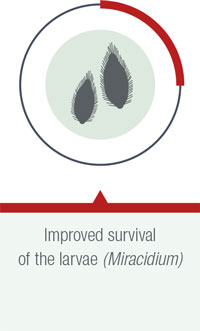
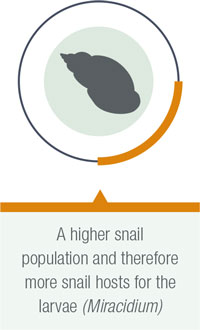
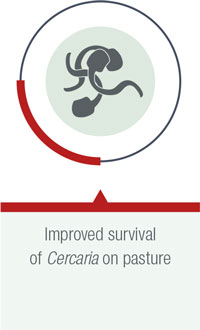

Resistance to certain active ingredients has been identified on a number of farms. Once liver fluke have become resistant to an active ingredient, and can survive exposure to a treatment that would normally kill them, there is no evidence to suggest they will return to susceptibility.
As individuals, and as an industry, we can’t afford to allow this to happen. To achieve effective control now – and to preserve the
efficacy of the existing active ingredients for the future – we need to adopt a new
approach to liver fluke management.
This can be achieved by concentrating on
4 key elements.
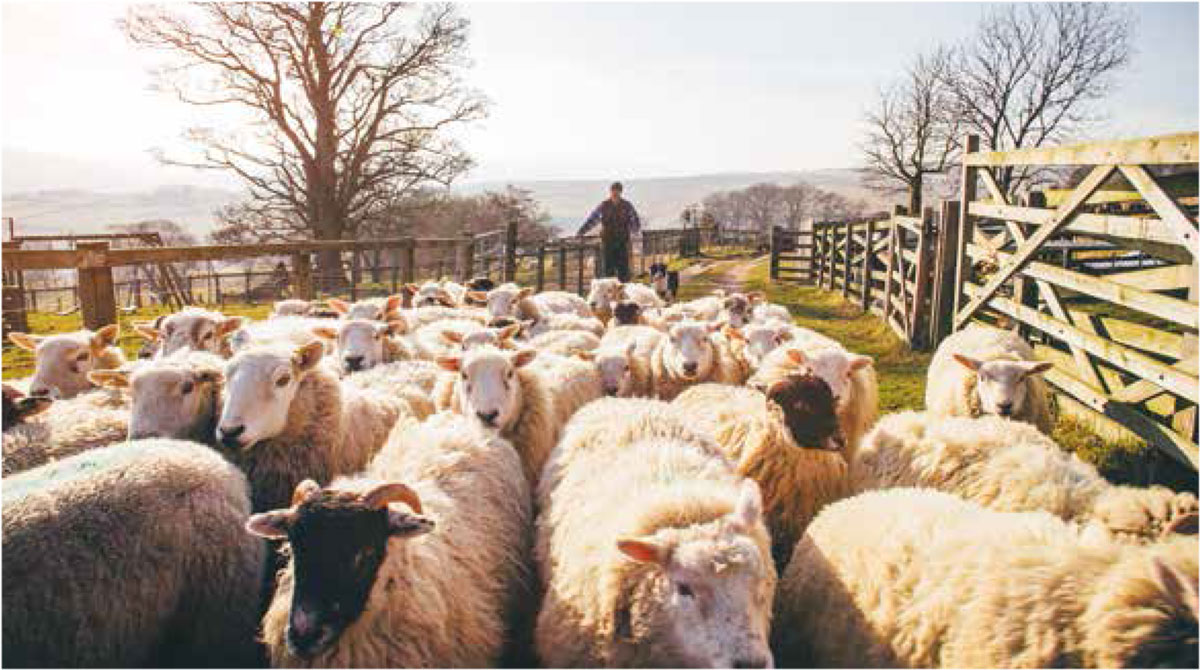
Treating for liver fluke in the late spring/summer to remove remaining adult liver fluke thereby reducing the number of liver fluke eggs reaching the pasture at a time when snails are active. This reduces the number of infected snails that maintain the liver fluke lifecycle into the autumn.
Managing pasture to minimise snail habitats and reduce snail numbers which in turn reduces the number of infective stages released onto pasture.
Measures to consider include:
The infective stages of liver fluke will only be found where snails have been present. Grazing management therefore can reduce livestock’s exposure to snail habitats and infective cysts and so reduce/limit the number of infective cysts (Metacercaria) ingested by grazing animals.
Treating animals with flukicides is an essential part of maintaining good animal welfare and performance. As the liver fluke season is now more variable and covers a larger part of the year, the traditional set time of treating in the autumn/winter is unlikely to give full control. Therefore, a more strategic, targeted approach should be implemented.

Seasonal, strategic liver fluke treatments can help reduce the risk of resistance developing and the levels of infective cysts (Metacercaria) on pastures. The suggested treatment timings are for guidance only. Levels of risk in your area, or on your farm, can be determined by consulting with a local animal health adviser or veterinary surgeon and checking current liver fluke forecast data.
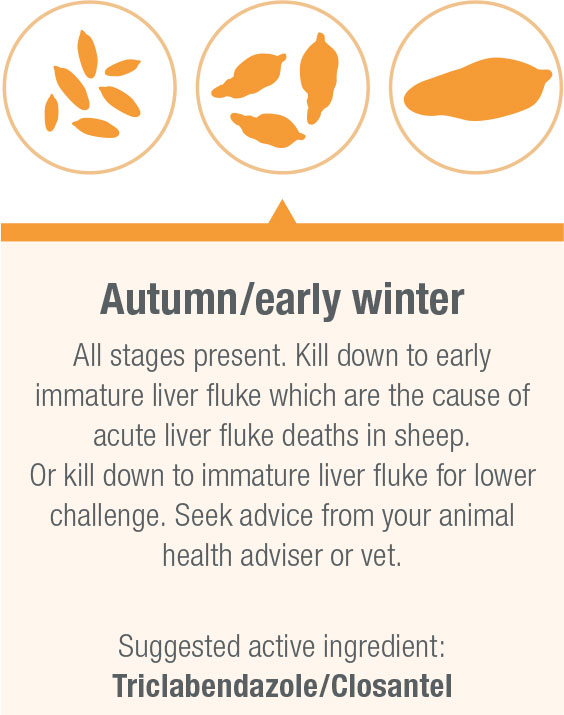
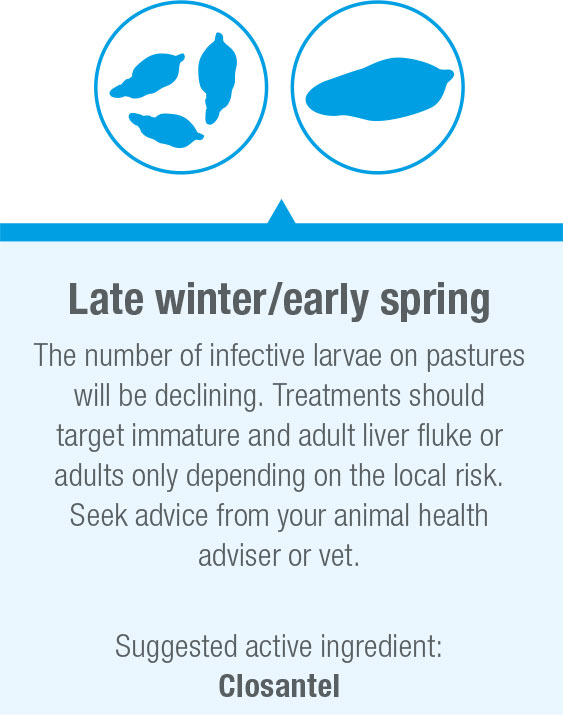
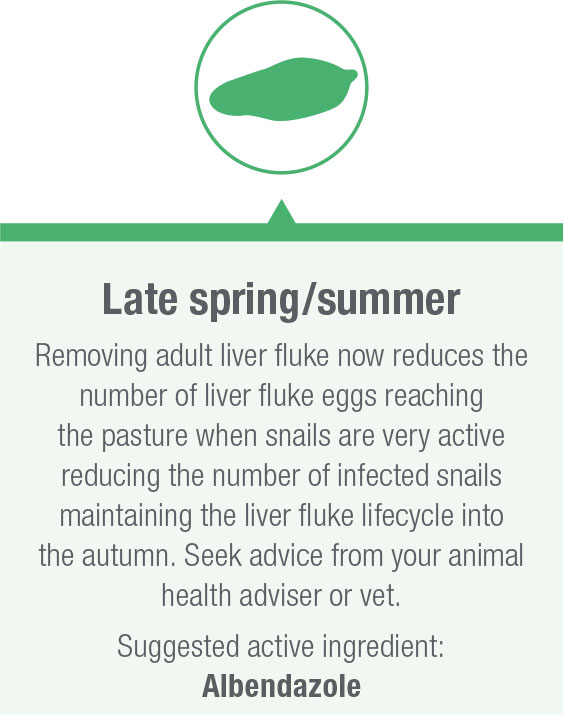
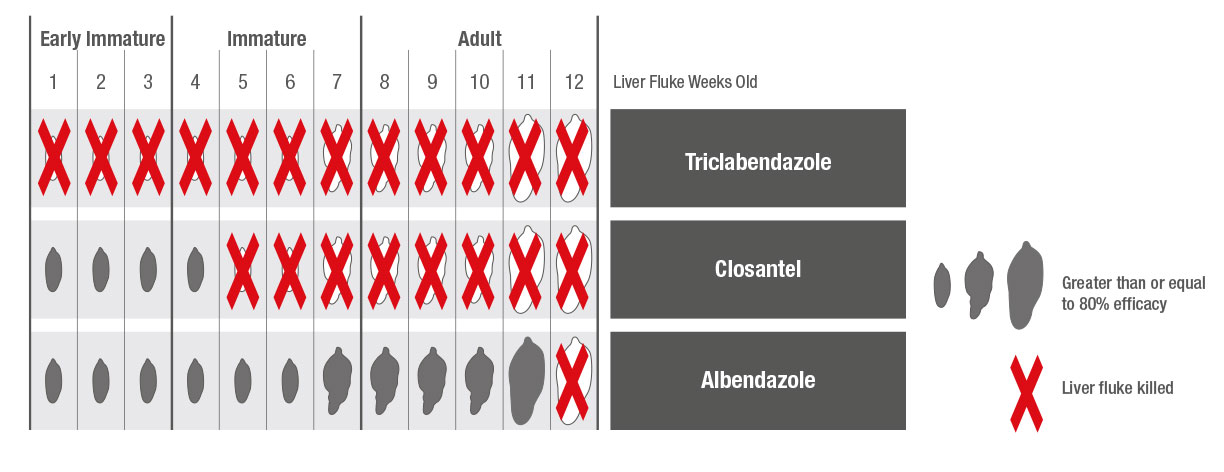
Coproantigen testing and Feacal Egg Count (FEC) monitoring can be used to determine the need for further treatments.



